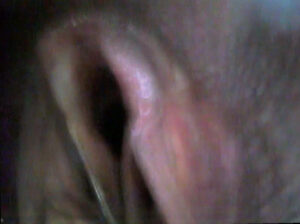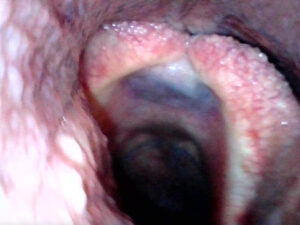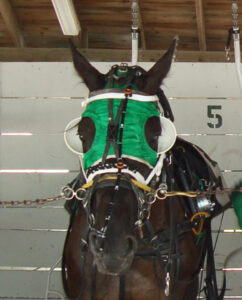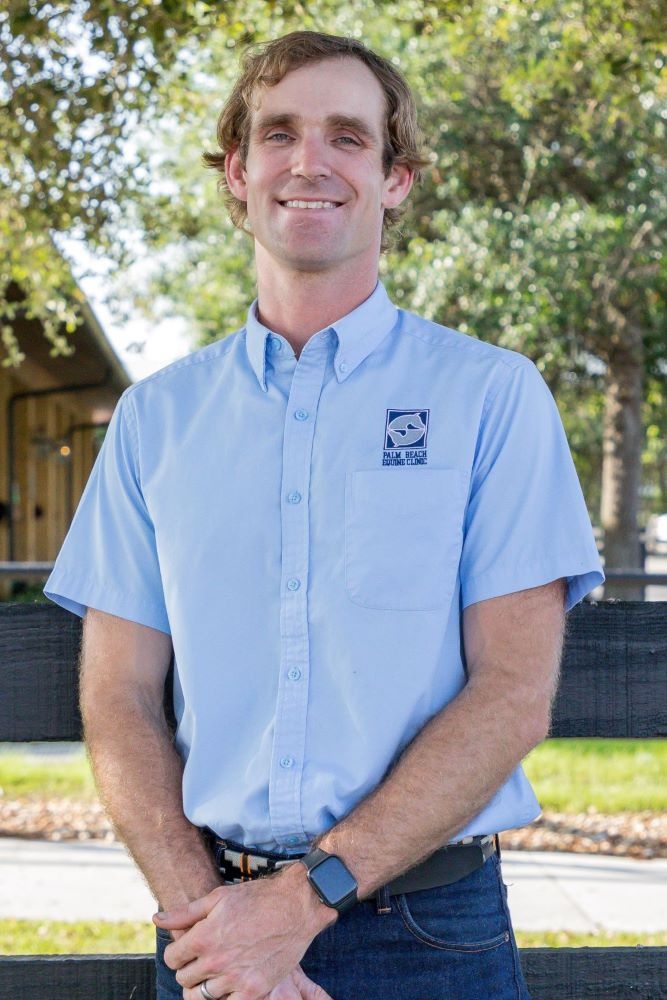Standardbred Gelding Back to the Track with Palm Beach Equine Clinic
Dr. David Priest Utilizes Dynamic Endoscope and Performs Surgery to Help Four-Year-Old Harness Racer Get Back in Action
For equine athletes to perform their best, optimal respiratory health is crucial, and particularly paramount for harness racehorses. According to Dr. David Priest, Palm Beach Equine Clinic veterinarian with a keen interest in respiratory health, a racehorse moves roughly 70 liters of air through its lungs over the duration of one second while exercising. To simulate the movement of that amount of air outside the anatomy of a horse’s body, it would require two industrial ShopVacs on full power.
A colloquial condition known as “roaring”, or recurrent laryngeal neuropathy, is a fairly common issue among horses, and it restricts the amount of air able to reach the lungs through the horse’s upper respiratory system. The condition usually affects the left side of the larynx – the equine left recurrent laryngeal nerve is longer than the right – with paralysis that does not allow for an adequate amount of air to travel to the lungs.
According to Dr. Priest, equine anatomy plays a factor in the prevalence of this condition. There is a correlation with the length and size of the neck to the nerve pathways that travel from the brain to the chest, around the heart, and back up to the throat. Although mild cases of recurrent laryngeal neuropathy can be tolerated, the condition becomes particularly serious when a horse’s work involves high-intensity aerobic exercise.
“We often see recurrent laryngeal neuropathy described as a paralyzed flapper,” said Dr. Priest. “If you imagine the flaps of the larynx as cabinet doors, then the horse should be able to hold the doors open without problem while at rest. Yet, when the airflow picks up during exercise, that muscle is sometimes not strong enough to hold the doors open, and it collapses into the airway.”
Just before the start of 2019, Dr. Priest received a call from Stephanie Reames, the trainer of a four-year-old harness racehorse with symptoms pointing to recurrent laryngeal neuropathy. During his diagnostic process, Dr. Priest performed an endoscopy while the horse was resting to provide a baseline observation.
“I saw what I thought was a minor abnormality, but I did not know what amount of laryngeal strength this horse had,” said Dr. Priest. “The roaring noise usually occurs when the disease is progressive, and this horse was making a little bit of noise.


“This particular horse was in training for the harness racing season, so the owners and trainer wanted to figure out the root of the issue as swiftly as possible,” continued Dr. Priest. “The most effective way to accomplish that is to utilize a dynamic endoscope.”
A dynamic endoscope is a video recording device worn by the horse during exercise. It allows veterinarians to see the larynx, and therefore view signs of recurrent laryngeal neuropathy in real-time. Dr. Priest observed the disease as a grade C on the universal grading system for rating the disease, which translates to a full collapse of the left larynx flap.
Once diagnosed, Dr. Priest recommended an aptly-named laryngeal tie-back surgery, which involves stitching the larynx flap to surrounding cartilage in order to hold it open for optimal airflow. He performed the surgery at Palm Beach Equine Clinic a couple of days after making the diagnosis, and the horse returned home to its training base at South Florida Training Center in Lake Worth, FL, the same day.


The suggested recovery time is 30 days to allow for the surgical incisions to heal. Once healed, this horse immediately returned to full harness racing training.
“The horse is doing fantastic and we are hoping to qualify for racing in the next three weeks, and we will most likely head north to Pennsylvania to race,” said Reames. “Dr. Priest is absolutely amazing and was extremely professional from start to finish. There is always a hesitation when you learn that a horse needs surgery, but Dr. Priest was so prompt with the diagnosis and procedure, and the horse healed so quickly. We have high hopes for another successful racing season!”
In February of 2020, Dr. Priest performed a second dynamic endoscopy to observe the condition and effectiveness of the tie-back surgery. “The disease usually results in a 20-30% reduction in airflow, which causes a small performance decline resulting in a speed reduction of maybe one second. This horse’s particular case was perfect at the one-year check, which is key because that one second can be the difference between winning and losing!”
